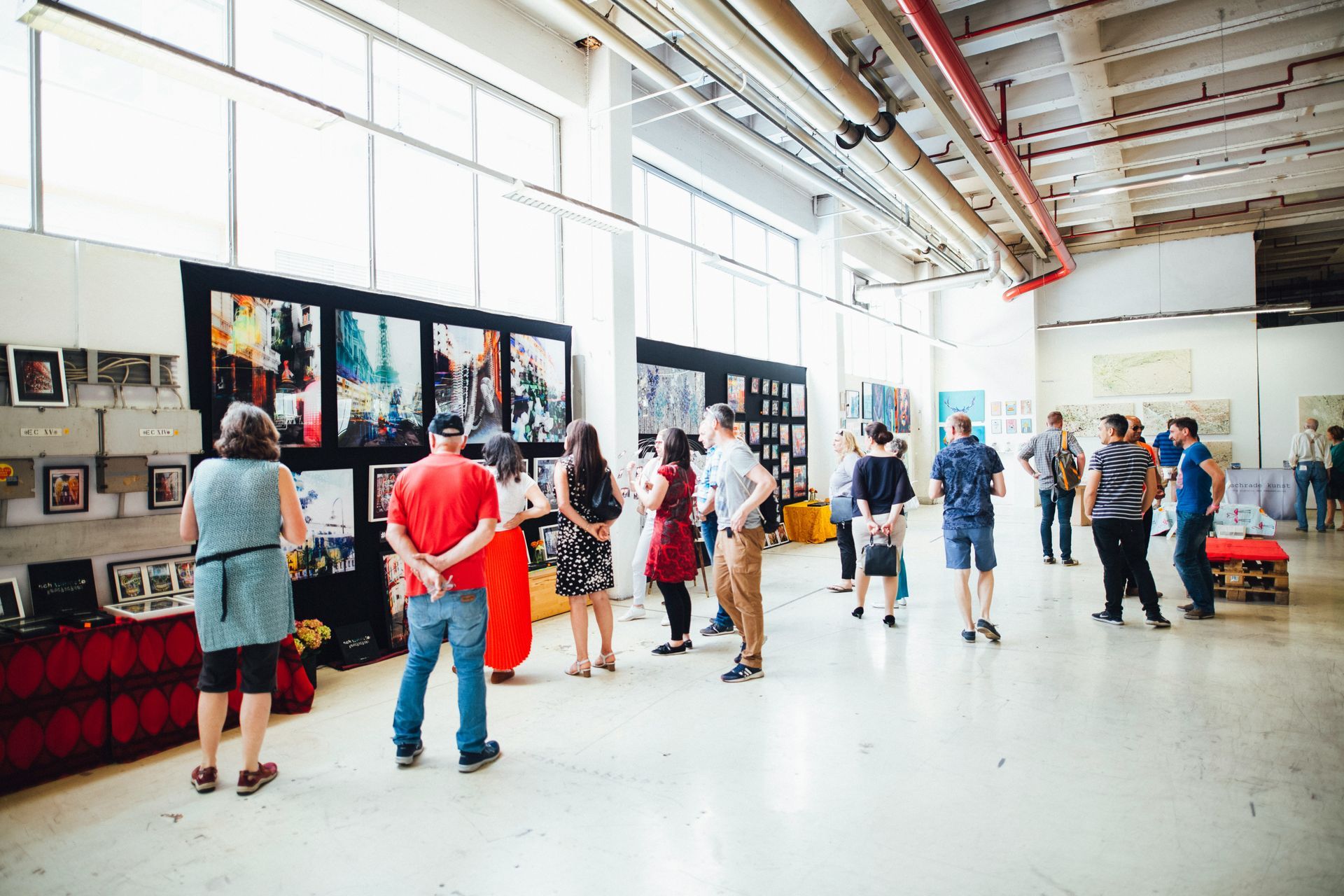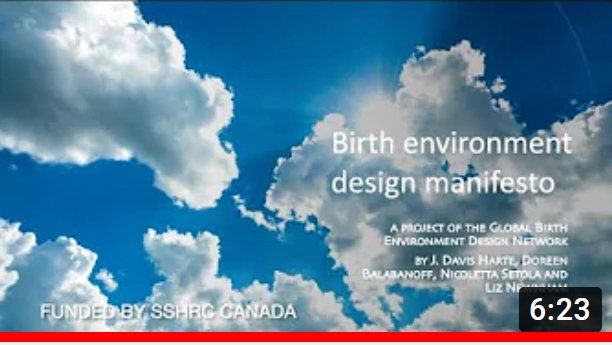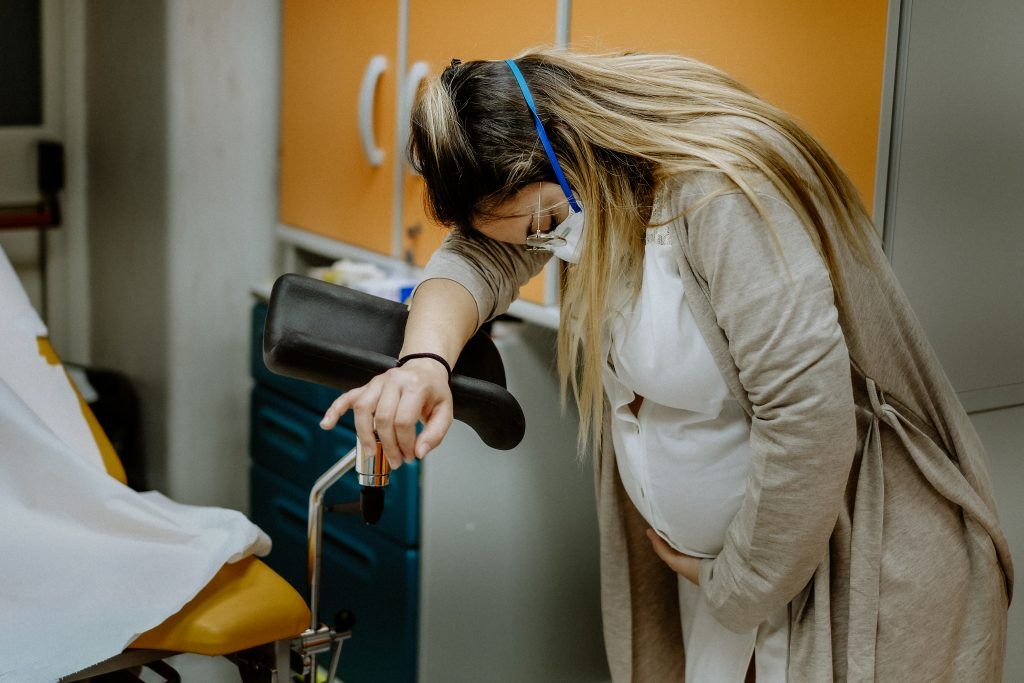Global Birth Environment Design Network
Developing International, Transdisciplinary Knowledge Resources for Birth Environment Design
Why a GBEDNetwork?
In June 2018, a global group of birth environment researchers and practitioners from diverse backgrounds/disciplines came together to form the Global Birth Environment Design Network (GBEDN) at the 14th International Normal Birth Conference, School of Nursing, Ann Arbor, Michigan. In a meeting room and online, over 25 international participants joined a discussion aimed at how best to catalyze interest and best practices for reimagining the birth environment.
The intent was, and remains, to elevate awareness and communication, across the globe, about the need for birth environment design that transcends dichotomized cultural understandings of birth environment, in order to inform policy and provide enhanced services through more optimal childbirth settings, impacting millions of women each year.
GBEDN MAIN GOALS
Enhance global awareness about the importance of better birth spaces
providing a rich opportunity for further development of a sensitive architecture prioritizing human being and becoming
Facilitate a global movement for better design of birth environments
understood as holding significance for impacting maternal and infant health and wellbeing
Develop a comprehensive, online, user-oriented Knowledge Mobilization Resource
a tool for architects, designers, healthcare professionals and policymakers providing a richly informative grounding in birth environment design supporting normal birth.
Broaden the network
including diverse fields and communities in considering issues of import in creating a birth environment knowledge mobilization
About GBEDN project
Global Birth Environment Design Network - GBEDN - is a worldwide network of professionals and researchers who have specifically studied aspects of birth environment design and are working to develop an international, transdisciplinary knowledge repository for better birth environment design. Our project aims to raise awareness amongst architects and designers, about the need for birth environment design that supports women in achieving the kind of empowering, satisfying birth they hope for. Interdisciplinary flow, accessiblity, exchange and growth of knowledge is at the core of our project.
We welcome those interested in working with us to achieve an accessible set of resources for designers, aimed at developing better birth spaces.
GBEDN CORE TEAM MEMBERS

Doreen Balabanoff is a Professor Emerita and Adjunct Professor at OCAD University, where she has taught for many years in the Environmental Design program and more recently the Design for Health program. She holds a Masters of Architecture (UCLA 1985) and a PhD in Architecture, (University College Dublin 2017).
Her architectural interests centre on phenomenological spatial experience – aesthetic, sensory, emotive and atmospheric aspects. Her PhD focused on reimagining the birth environment, with emphasis on the spatial value of light-colour-darkness for the embodied experience that enhances and supports normal birth. She is co-founder of the Global Birth Environment Design Network (GBEDN).
Doreen Balabanoff

J. Davis Harte is the Director and Faculty of the Design for Human Health master’s program at the Boston Architectural College. She is a WELL AP. Dr. Harte is an educator, advocate, practitioner, and speaker who bridges trauma-informed spaces, children’s places, and birth environments with brain, neuroscientific, and environmental psychological knowledge. Davis holds a PhD in Health from the University of Technology Sydney, publishing “The Childbirth Supporter Study’: Video-ethnographic examination of the physical birth unit environment” and a MSc degree in Design for Human Environments (interiors focus) from Oregon State University. She co-leads the Global Birth Environment Design Network. For more, visit
J. Davis Harte

Nicoletta Setola (PhD, Architect) is Associate Professor at the Department of Architecture University of Florence. She is member of TESIS Centre “Systems and Technologies for Healthcare and Social Facilities” and European Network Architecture for Health (ENAH). Her research focuses on the topic of socio-healthcare building, particularly on birth environment, public spaces in hospital, and primary care facilities. She is expert in methodology and tools for the spatial configuration analysis related to people flow in healthcare buildings to favour users rights. She is working on the impact of maternity spaces on people health and behaviors and in action researches about birth centers design in Italy and Kenya. She is co-founder of the Global Birth Environment Design Network (GBEDN).
Nicoletta Setola

Elizabeth Newnham (B.Nsg, B.Mid, B.A (Hons), PhD) is a senior lecturer at the University of Newcastle and Program Convener for the Bachelor of Midwifery. Her 20-year career includes clinical midwifery practice, advocacy, teaching and research. Her PhD, awarded in 2016 (University of South Australia), was published as the book Towards the humanisation of birth: A study of epidural analgesia and hospital birth culture by Palgrave MacMillan in 2018. Key areas of study are birth culture and environment, midwifery practice to support birth physiology, birth technologies, pain in labour, maternity policy/politics and informed consent/bioethics.
Elizabeth Newnham
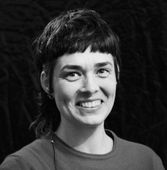
Architect by profession, midwife by vocation, researcher by passion. Since 2014 Anka Dür has been intensively involved in the research of birth and space.
Anka Dür studied architecture at ETH Zurich, TU Berlin and Innsbruck. In 2016 she co-founded the activist group “Birth Culture a-z” in Vorarlberg, Austria. In her diploma thesis, Anka Duer designed a contemporary birthing center with birthing rooms made of rammed earth. In 2020, a prototype of such a birthing room was created next to the Women's Museum in Hittisau (Austria) - the so-called "Room for Birth and Senses". In 2022, Anka Duer completed her training as a midwife at the ZHAW, Switzerland. In Sophie Dettmar's documentary "In Your Hands" Anka Duer appears as one of the two protagonists (D, 66 Min, 2023). Anka Dür‘s main concern is to create spaces for birth and to find answers to an undefined typology.
Anka Dür
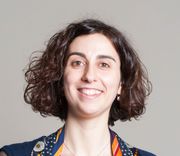
Alessia Macchi (PhD, Architect) is an independent researcher collaborating with the GBEDN from 2018.
Alessia got Master’s degree in Architecture, University of Florence, in 2010. Teaching assistant from 2011 to 2016 in the Environmental Design Lab and research fellow for the University of Florence, Architecture, from 2013 to 2022, when she got her PhD with the tesis "EmBracE: Embodied Birth Environment".
Macchi’s work is grounded on co-creation and participatory processes with experts and users to develop social and technological innovation. Her research involves sensory-perceptive integrated design approach, to co-develop sensory technology solutions for a supportive birth environment.
Alessia Macchi
NEWSLETTER
TRANSFORMATIONAL CHANGE FOR BIRTH ENVIRONMENT
The research activities
Literature review
The literature on birth environment design ranges across diverse disciplines, including obstetrics, nursing, midwifery, anthropology, sociology, psychology, architecture, healthcare policy, evidence-based healthcare design, perception/aesthetics, spirituality, art and design.
The literature review includes scientific papers, regulation guidelines and architectural recommendations.
The aim is to draw from many perspectives to fill the gap between official guidelines and the diverse literature and evidence providing additional insight about the import of the designed environment in supporting normal birth.
Case studies analysis
Analysis of existing exemplars, case studies and practice-based examples of birth environment design to assess aspects that support optimal birthcare.
There are two selection approaches to case studies: the first is to select exemplary cases which demonstrate a “problem” that has been solved well, the second is to select counter-examples cases which demonstrate a “problem” that needs to be solved. Further categorisation for case studies is between contemporary and historical cases.
Case studies are analyzed using ICF model (Oxman 2004), AEIOU observation framework (Wasson, 2000), and BUDSET tool (Foureur et al, 2010).
Co-design architectural platform
The project aims to start developing a creative, inclusive and operative resource facilitating birth environment knowledge transfer from researchers of diverse disciplines/perspectives to the design practitioner community, and the healthcare sector.
The objective is reached by engaging a diverse group of experts and end-users through participatory workshops to co-design the first iteration of a Birth Environment Design Knowledge Mobilization platform.
The process goes through cycles of reflection and action and utilizes the rich knowledge base and personal experience of experts (from architecture, from midwifery, from health policy, from digital media, etc).
TRANSFORMATIONAL CHANGE FOR BIRTH ENVIRONMENT
Previous research project
Presentations from the co-desing sessions.
GBEDN SUPPORTING MATERIALS
A short overview of things we have done: initiatives, presentations, list of references, videos, and publications.
Follow the links to discover more.
Developing an International Collaborative Birth Environment Design Resource
A presentation for EDRA51 Tempe conference about "TRANSFORM: Socially Embedded Collaboration".
Giving birth in a pandemic
The role of healthcare design.
A contribution for the European Network Architecture for Health - ENAH.
Transformational change for birth environment
Suggestions from the pandemic.
A presentation for UIA-PHG 2021 Rio Seminar.


